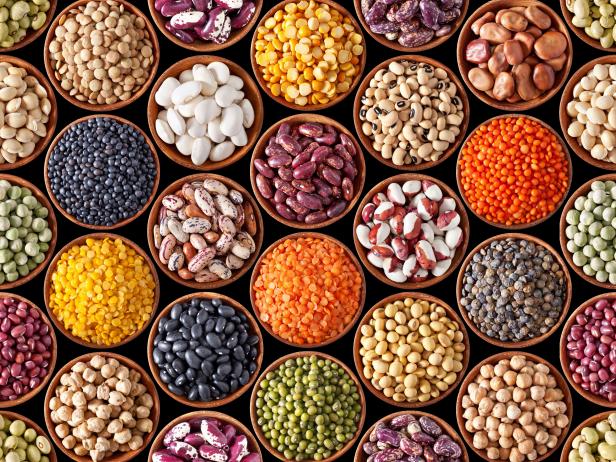Pulses are one of the healthiest foods you can include in your diet on a daily basis to prevent diabetes. A storehouse of protein, a good source of fibre, and a healthy way to obtain carbohydrates, there is no more nutrient-dense food, particularly for vegetarians. Pulses are a superfood for diabetics as well. Consumption of pulses has been linked to improved glycemic control, decreased blood lipids, and body weight regulation, all of which are essential for diabetes management. Thus, consuming pulses on a regular basis can lead to improved blood sugar regulation. Before World Pulses Day (10 February), a nutritionist explains why this wholesome food group can be incredibly beneficial for diabetics. (Also see: Vitamin D supplements are associated with a reduced risk of diabetes: study.)
“When it comes to nutritious foods, one food group stands above the rest. This food group is nearly ideal for the average urbanite who spends the majority of the day seated in front of a screen and has a moderate degree of insulin resistance. Pulses are synonymous with Indian cuisine, are ideal for our current health needs, and are an eco-friendly source of protein “According to Khushboo Jain Tibrewala, Founder of The Health Pantry and Diabetes Educator and Nutritionist.

Type 2 diabetes is characterised by elevated lipid levels and impaired carbohydrate metabolism. This indicates that the solution is to reduce body fat and carbohydrate metabolism support. Pulses are the only food group that can accomplish this nearly flawlessly.
Health benefits of pulses for people with diabetes
Tibrewala shares 6 reasons why switching to a legume-rich diet can help in better diabetes management.
1. They are nutrient-dense foods. They contain protein, fibre, complex carbohydrates, B vitamins, minerals and antioxidants
2. They are rich in dietary fibre. This slows down the post-meal glucose spike that most diabetics seem to be struggling with.
3. Boiled and cooled pulses are rich in “resistant starch“. This is a low glycemic index source of starch that improves gut bacteria, which in turn improves insulin function.
4. They are protein-rich. 1 cup of dal will give you 12-15 grams of protein. For diabetics, maintaining a good muscle mass is essential, since this is directly related to insulin function. More protein coupled with daily activity leads to improved muscle mass.
5. There are multiple studies that have shown a reduction in HbA1c, Fasting Blood Glucose and Post Prandial Blood Glucose after regular consumption of legumes in Diabetics.
6. They come in different colours due to pigments called “Anthocyanins”. These are antioxidants, that protect the body from myriad health disorders including cardiovascular disorders, long-term diabetes complications, cancers, etc.
Also read: Sleep deprivation: side effects of less sleep
Important tips to remember while eating legumes
– Legumes are difficult to digest. You must pre-soak them and cook them with salt and something sour like kokum or ACV.
– Always add foods like cumin seeds, ginger, hing, coriander leaves, etc to improve digestion.
– The starchier legumes like chickpeas and kidney beans should be boiled and cooled for 5-6 hours before consumption to reduce the glycaemic index.




